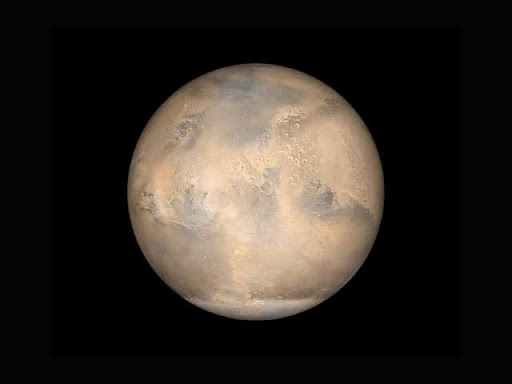In healthcare, success can be measured in a variety of ways: quality of care, patient satisfaction, and staff expertise, among others. In order to achieve high ratings and provide the best care possible, healthcare facilities must prioritize ongoing staff education and employee development. Doing so naturally leads to increased employee retention, more effective and efficient treatment, and improved attitudes and relationships.
Your staff is the face of your organization. They are the ones working hands-on with your residents day in and day out. Below are just a few of the reasons why every skilled nursing facility and long-term care center must make ongoing staff education part of their operations, for the betterment of staff and residents alike.
Stronger Rates of Employee Retention
The healthcare industry suffers from the third-highest turnover rate out of all industries. Where the average turnover rate across other industries falls around 15 percent, the healthcare sector sits at 20.6 percent, ranking below only retail and the service industries. In addition to high turnover, employees in the healthcare industry are also more prone to burnout, which has been amplified in the wake of the COVID-19 pandemic. A full 42 percent of doctors and 62 percent of nurses have recently reported experiencing burnout symptoms.
With high rates of turnover and burnout, leaders in the healthcare industry have made it a priority to pursue solutions. One of the easiest and most effective options to implement involves improving staff education and professional development.
For some caregivers, an insufficient introduction and education are cited as one of the main reasons they leave a healthcare facility, so revitalizing your orientation program and providing extended opportunities to grow and learn can help mitigate turnover and help staff members feel valued and supported. These initiatives can also naturally lead to growth within individual roles, promotions within or beyond the facility, stronger job performances, and higher levels of job satisfaction.
Higher Efficiency and Effectiveness of Patient Care
Healthcare is far from a stagnant industry, with ongoing research and development contributing to ever-changing standards and practices. In the same way, education should be a continual process for staff members of healthcare facilities to supplement existing knowledge and inform employees of new and/or improved practices, tools, and resources. Through ongoing education, staff members can receive job-specific training and information, supplying them with as-needed updates in the industry and other beneficial skills.
Providing continuous education for healthcare facility staff members allows them to better anticipate and address patient needs. From the start of a staff member’s tenure, effective training, relevant education, and a strong orientation are essential. However, it is imperative that facilities offer ongoing education and development opportunities to ensure that staff members are fully equipped to tackle the day-to-day demands of their job and fulfill the needs of their patients.
Better Environment Geared Toward Universal Success and Satisfaction
A facility that actively promotes and provides opportunities for continued education will more easily foster a positive environment and a productive, energetic, and engaged workforce. Generally speaking, healthcare staff members want to feel confident and capable in their abilities and skillsets, so providing adequate training so that they can more effectively employ specific practices and utilize specialized tools or technology is important.
An environment that is centered around continued education tends to be more welcoming, open, and compassionate, as well. This development, resulting from a demonstrable acknowledgment of how valuable staff members are to their workplace, makes for a better patient experience, as patients will feel comfortable with staff members in a warmer and more positive setting.
Prioritizing employee development has a widespread effect on staff members, patients, patients’ families, and facility growth potential. Devoting more energy and resources to staff development and growth lends itself to more internal promotions, employee loyalty, general morale, and quality patient care. In other words, choosing to pursue and prioritize continued educational opportunities for healthcare staff members is akin to making a profound investment in your facility’s future.




